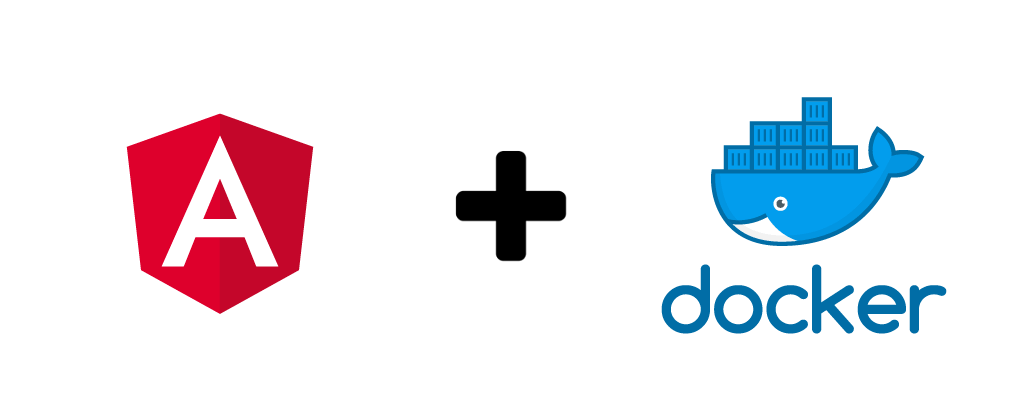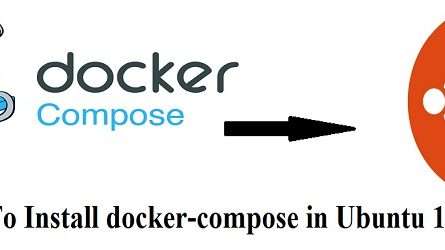Docker is an application containerization tool used to simplify, streamline and fast-track application development & deployment.
In this section, we will learn how to containerize/dockerize an Angular Application using DockerFile.
Dependencies:
- Ubuntu OS 18.04
- Docker (Lastest Version)
- Nodejs & NPM
- Angular CLI
We can install the Angular CLI & NPM using “Install Angular CLI” and Docker using the following commands.
sudo apt update sudo apt install docker.iosudo docker --version Docker version 18.09.7, build 2d0083d
Now, we will create a sample Angular project.
$ ng new my-fisrt-project
$ cd my-first-project
We need to add a DockerFile within the project so that we can build a Docker Image.
$ vi DockerFile
And, add the following content.
# Nodejs Base imageFROM nodeWORKDIR /appENV PATH /app/node_modules/.bin:$PATH# install and app dependenciesCOPY package.json /app/package.jsonRUN npm installRUN npm install -g @angular/cli# add appCOPY . /app# start appCMD ng serve --host 0.0.0.0
We need to add a .dockerignore file as well.
vi .dockerignore
Add the following directories and files to the .dockerignore file
node_modules
.git
.gitignore
Now, we will build a Docker Image for our sample Angular Application.
$ docker build -t my-first-angular-app .
Where “-t my-first-angular-app” is the image name and “.” represents the current directory where the DockerFile is placed. We can also provide the path of DockerFile using “-f” option.
Sending build context to Docker daemon 551.4kB
Step 1/8 : FROM node
---> 760e12e87878
Step 2/8 : WORKDIR /app
---> Using cache
---> 25d170466764
Step 3/8 : ENV PATH /app/node_modules/.bin:$PATH
---> Using cache
---> 8426c93d6792
Step 4/8 : COPY package.json /app/package.json
---> Using cache
---> e96fb8e116cd
Step 5/8 : RUN npm install
---> Using cache
---> 81bd3d6a8fa0
Step 6/8 : RUN npm install -g @angular/cli
---> Using cache
---> 344e43c68948
Step 7/8 : COPY . /app
---> Using cache
---> 537a7d30ee21
Step 8/8 : CMD ng serve --host 0.0.0.0
---> Using cache
---> c8064be05130
Successfully built c8064be05130
Successfully tagged my-first-angular-app:latest
It will build a Docker Image that contains our sample Angular Application. Now, we will list our newly built Docker Image using the following commands.
$ sudo docker image ls my-first-angular-app

Now, we will try to run a Docker Container using our newly created Angular App Image.
Interactive Mode: To run Docker Container in interactive mode, use the following command. Use “–rm” so Docker Container will be removed automatically when we stop the Container. We will bind the Container Port 4200 to our Local Port 9898 so that we can access the Container from our machine and name the Container “my-first-angular-container”
sudo docker run -it --rm -p 9898:4200 --name my-first-angular-container my-first-angular-app -- Output --10% building 3/3 modules 0 activeℹ 「wds」: Project is running at http://0.0.0.0:4200/webpack-dev-server/ ℹ 「wds」: webpack output is served from / ℹ 「wds」: 404s will fallback to //index.htmlchunk {main} main.js, main.js.map (main) 49.4 kB [initial] [rendered] chunk {polyfills} polyfills.js, polyfills.js.map (polyfills) 264 kB [initial] [rendered] chunk {runtime} runtime.js, runtime.js.map (runtime) 6.15 kB [entry] [rendered] chunk {styles} styles.js, styles.js.map (styles) 9.68 kB [initial] [rendered] chunk {vendor} vendor.js, vendor.js.map (vendor) 4.08 MB [initial] [rendered] Date: 2019-12-05T11:36:18.526Z - Hash: a7f9dae7b4794e11022f - Time: 14347ms ** Angular Live Development Server is listening on 0.0.0.0:4200, open your browser on http://localhost:4200/ ** ℹ 「wdm」: Compiled successfully.
We can browse our Application on http://localhost:9898

Daemon Mode: To run Docker Container in daemon mode, use the following command. Use “ — rm” so Docker Container will be removed automatically when we stop the Container. We will bind the Container Port 4200 to our Local Port 9898 so that we can access the Container from our machine and name the Container as “my-first-angular-container”
sudo docker run -d --rm -p 9898:4200 --name my-first-angular-container my-first-angular-appsudo docker ps (To see the running container status)CONTAINER ID IMAGE COMMAND CREATED STATUS PORTS NAMES e8499929e661 my-first-angular-app "docker-entrypoint.s…" 10 seconds ago Up 6 seconds 0.0.0.0:9898->4200/tcp my-first-angular-container
Also, read Migrate AWS S3 bucket to another AWS account


Cheers!!





